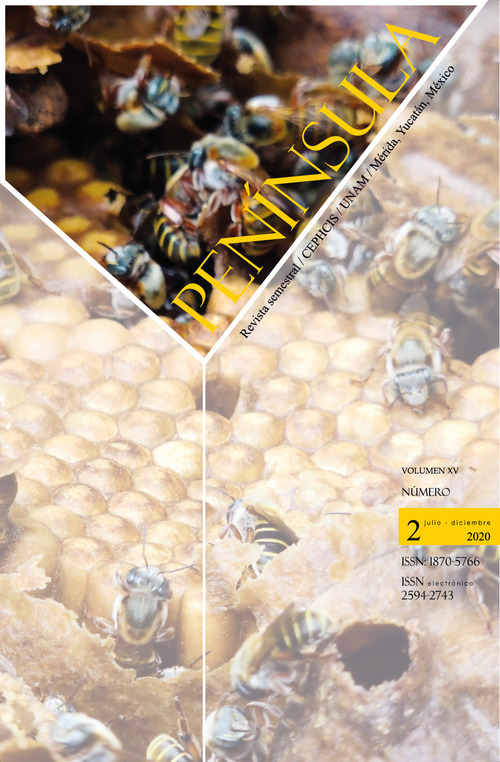The Sanctuary of Chuiná: Tour of the Meaning of a Maya Religious Space
Main Article Content
Abstract
The indigenous-Catholic devotion space of Chuiná is one of the most visited shrines in the Yucatan Peninsula, as well as receiving pilgrimages from Mayan communities and also from different states in Mexico. Although the image of apparitional tradition is the main reason for the movement of devotees, the characteristics of the space that are concentrated in the place —a hill, a cave and a lagoon— have played a fundamental role in its symbolic construction. Likewise, the historical and social processes involving the area of “the mountains” with the Mayan communities of the north of Yucatan Peninsula make this space have meanings that go beyond the purely religious to be understood as an appropriation of outside community territory. From the Mayan narrative a cultural context is offered, which legitimizes Chuiná as a place of Mayaidentity, by bringing together territorial, economic, cosmogonic, and emotional elements.
